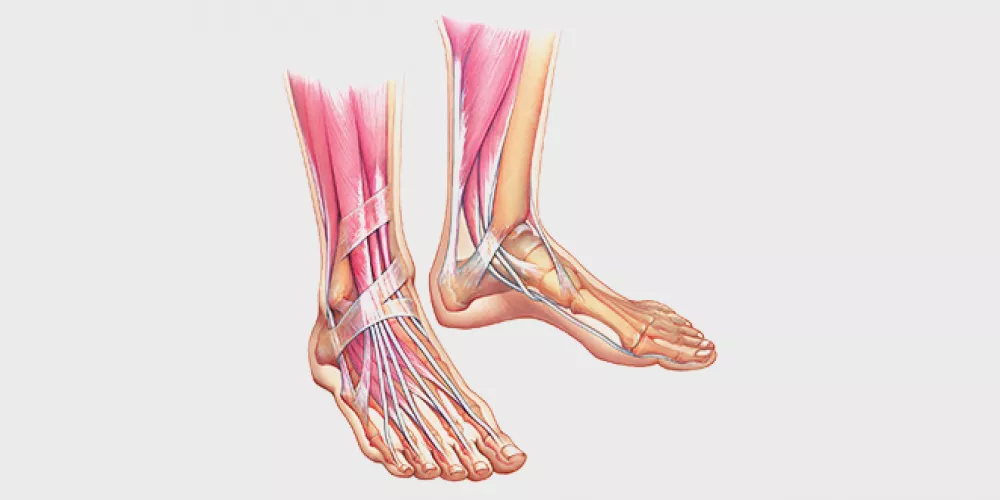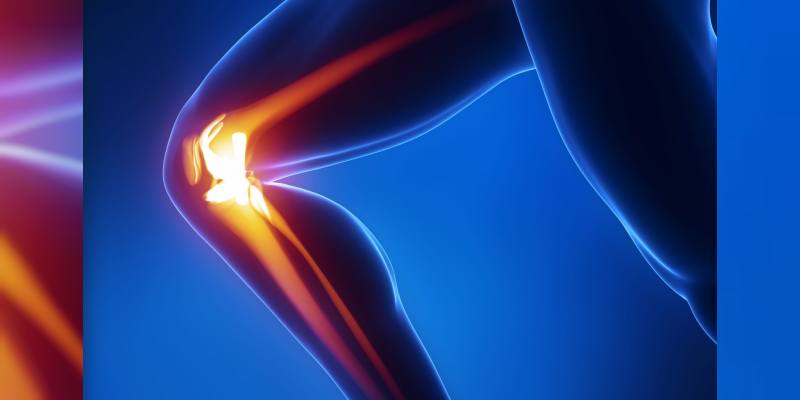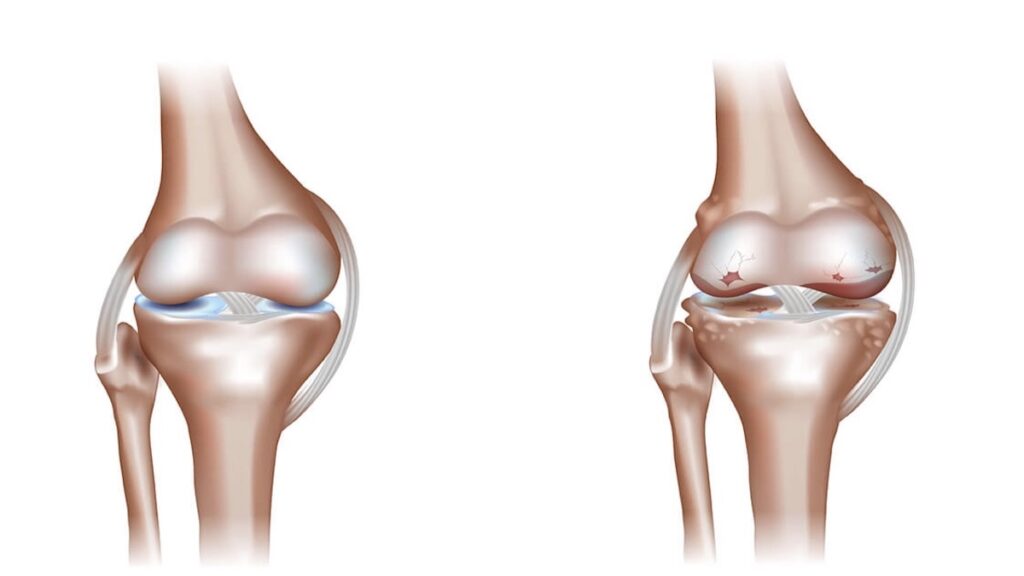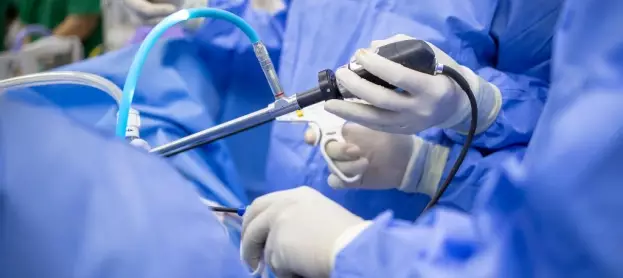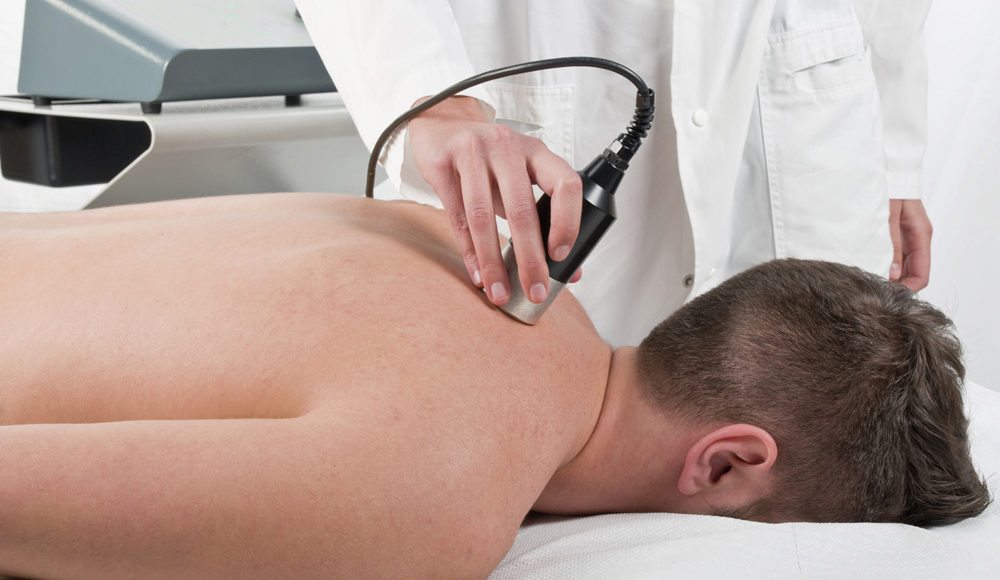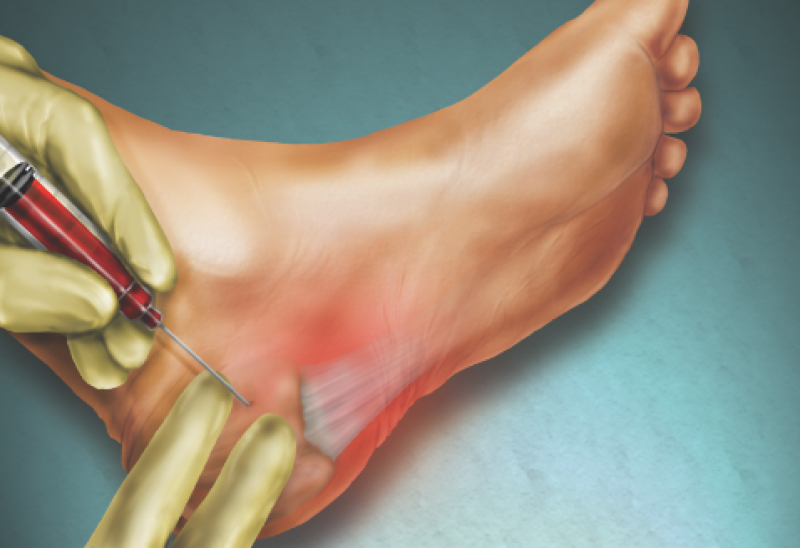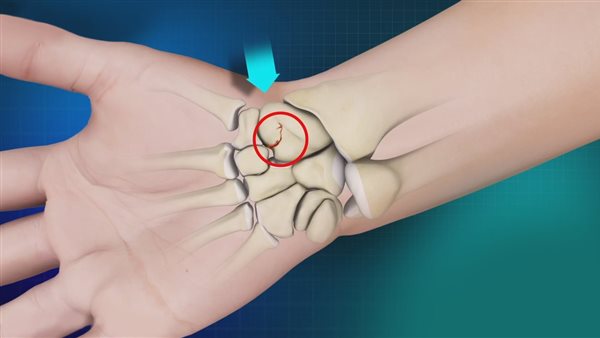Thermal frequency treatment or analgesic
There is important information that you should know about the thermal frequency and it is explained in detail in the following article.

Thermal frequency treatment or analgesia
Thermal frequency is one of the modern treatment methods that have been used in the treatment of cartilage, whether in the back or in the knee, and it is considered one of the limited interventional operations that do not affect the tissues surrounding the affected parts, and thus the patient can get a better degree of comfort and recovery.
Interventional radiology, that is, thermal frequency, is used in the treatment of cartilage, because of its several advantages, including the absence of bleeding in the affected part, reducing the chances of infection, and also the possibility of using local anesthesia, which enables the injured person to leave after the operation, that is, on the same day of surgery.
Cartilage process by term frequency
Cartilage surgery by thermal frequency is one of the best medical procedures that rely on interventional radiology technology that helps in performing surgery without working on treating irritated cartilage and nerve inflammation, which reduces the patient’s feeling of pain and coexistence with the disease as much as possible because it works not to transmit pain signals.
Types of thermal frequency
- Normal thermal frequency The normal
thermal frequency is based on performing a surgical procedure with a specific effort that works to locate the injury while working on providing a high-voltage current to create thermal pulses. - Pulsed heat frequency
The pulsed heat frequency technique works to determine the location of the injury through magnetic resonance, and through it works to improve the patient’s condition and treat inflammation of the nerve, which is the main cause of pain that occurs in the cartilage injury.
Cartilage radiofrequency procedures
The thermal frequency process is one of the medical procedures that help improve the patient’s condition without tissue damage as a result of open wounds, and thus affects the speed of the patient’s recovery. Thermal frequency has no side effects on the patient, so it is safe and good in cases of diabetes or people with heart diseases.
The thermal frequency process is performed through the following steps:
- The doctor begins to apply local anesthesia to the patient.
- Then it begins to locate the injury.
- Surgery is performed on the cartilage and the nerves adjacent to it.
- The patient returns to the recovery room after the operation.
- The patient can return to normal activity within days.
Thermal success rate
The success rate of thermal frequency surgeries is great and may reach 95%, and generally works to improve the patient’s condition and work not cause any complications because it is considered the safest surgery, and this helps the patient to be more able to return to his usual activities.
Is heat frequency a final treatment for cartilage?
Thermal frequency treats the cartilage greatly, and the patient can get a definitive recovery by performing a thermal frequency operation that works to treat the cause of pain, whether sciatica problems or a herniated disc and other diseases that cause pain in the cartilage and impede the movement of the patient in general.



